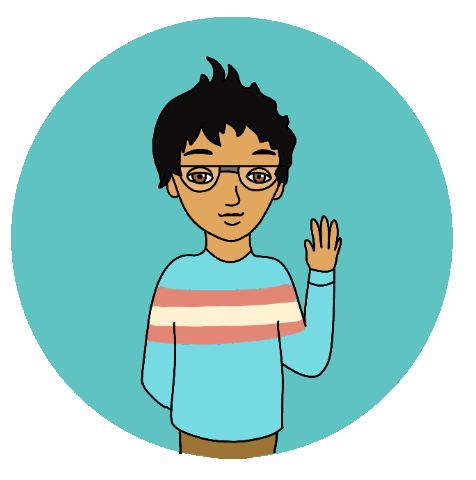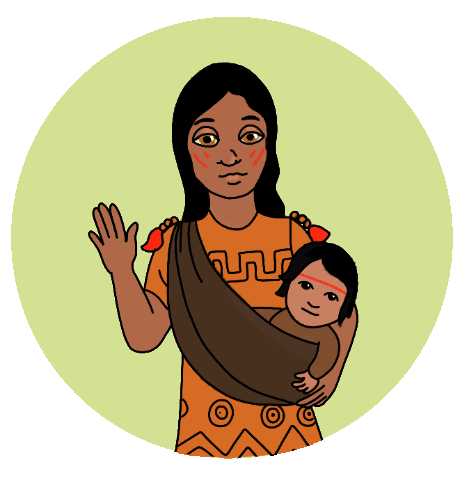


This concept enables us to understand the ideas, values, ideals and emotions that empower a narrative, just like deep ocean currents direct more superficial currents.
This tool enables us to observe how narratives are constructed based on fragments (messages, stories) that come from different sources and in different forms. When uniting these fragments and viewing the entire mosaic they create, we have a much richer view of how they fit together and what their strength is.
Enables us to see which parts of a story are extracted and taken out of context to create, exacerbate or “validate” narratives. When we learn about its existence, we can break the frame to see a broader perspective.
Try not to think about an “elephant”. We all evoke the concepts of every word that we know as soon as we hear it. This visualization will depend on our context. Often, it’s not necessary for the narratives to be expressed literally, since these are being prompted by related concepts which, upon being mentioned, reproduce them.
Tool to identify the powers and interests that are behind the creation, spread or strengthening of narratives, from what’s highly visible to what’s invisible.

CARLOS
Carlos is a young man, 19 years old, and being he is an only child, his parents worked hard to be able to give him the technical education allowing him to get a good job and help his family get ahead. Ever since he was a young boy, he has heard the phrase “the poor are poor because they want to be poor” and “hard work guarantees success”.

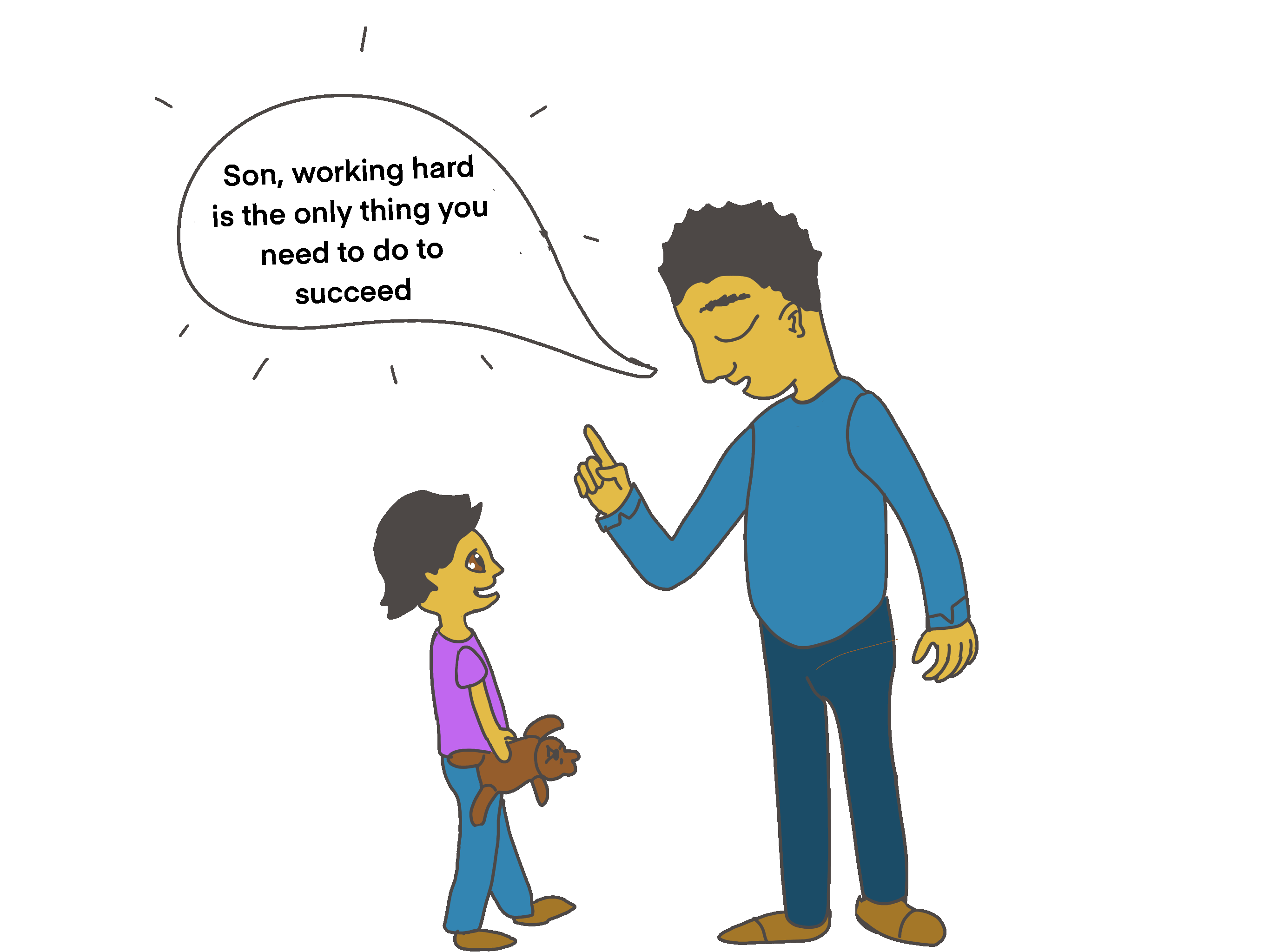
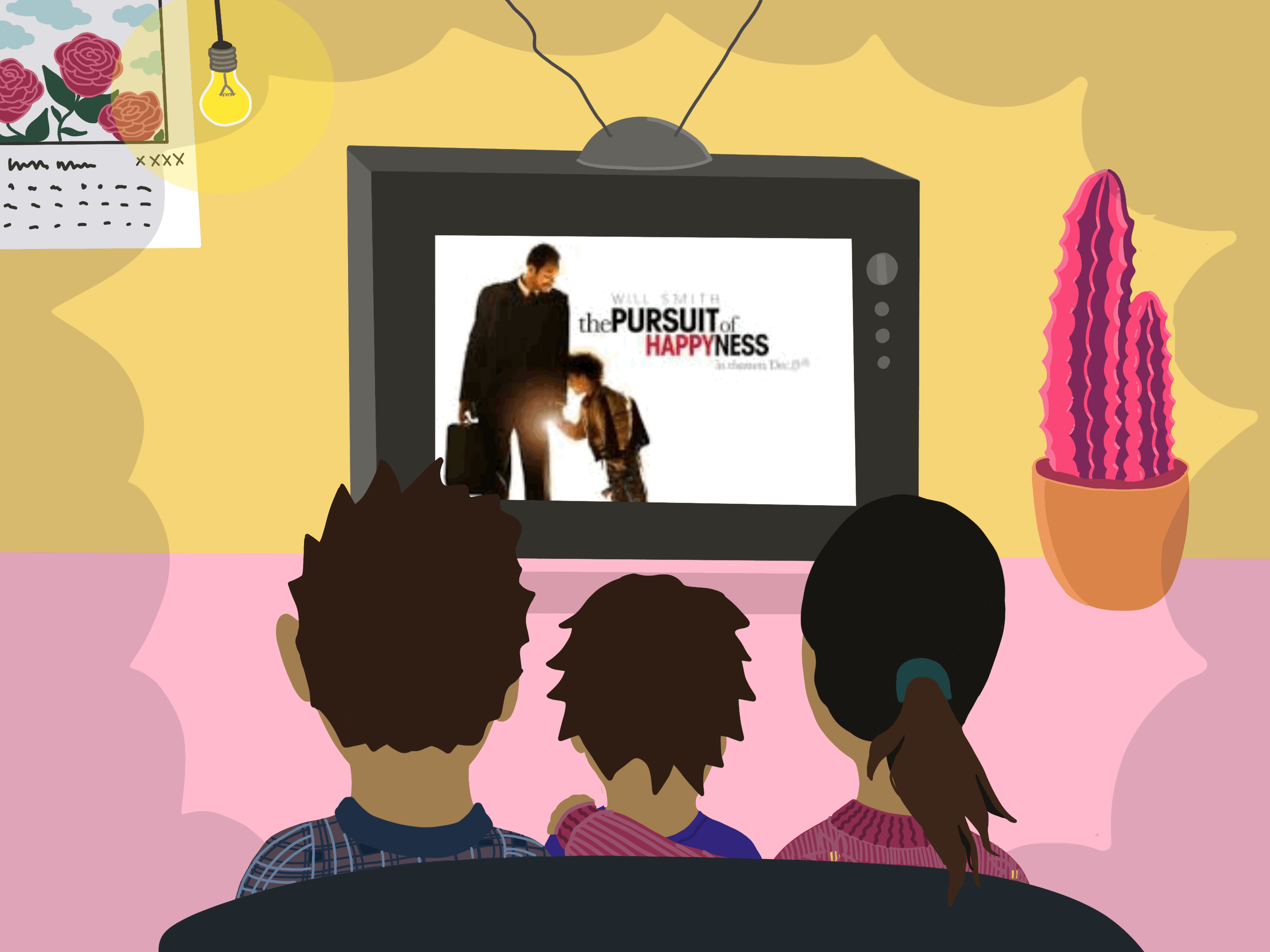
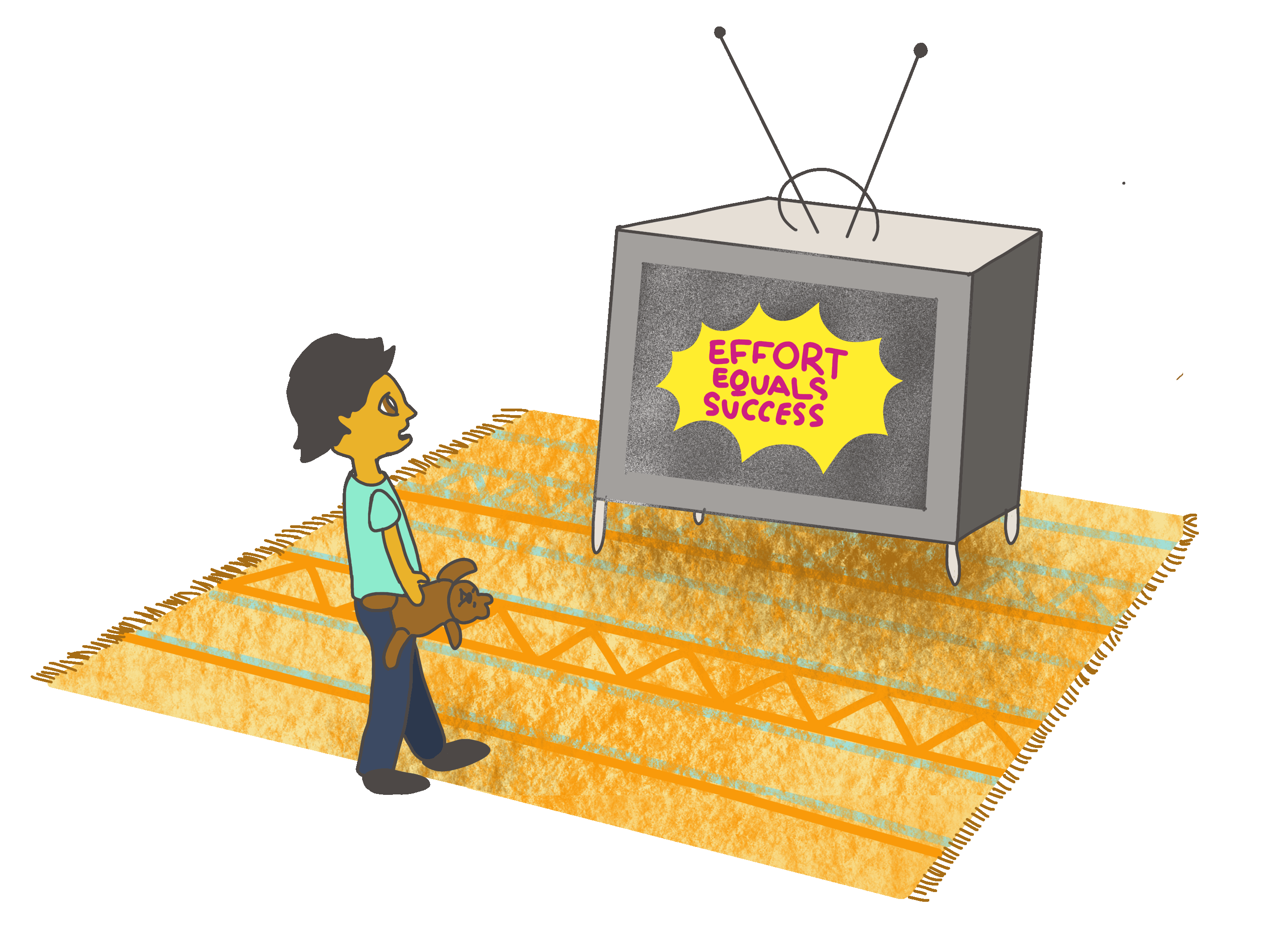
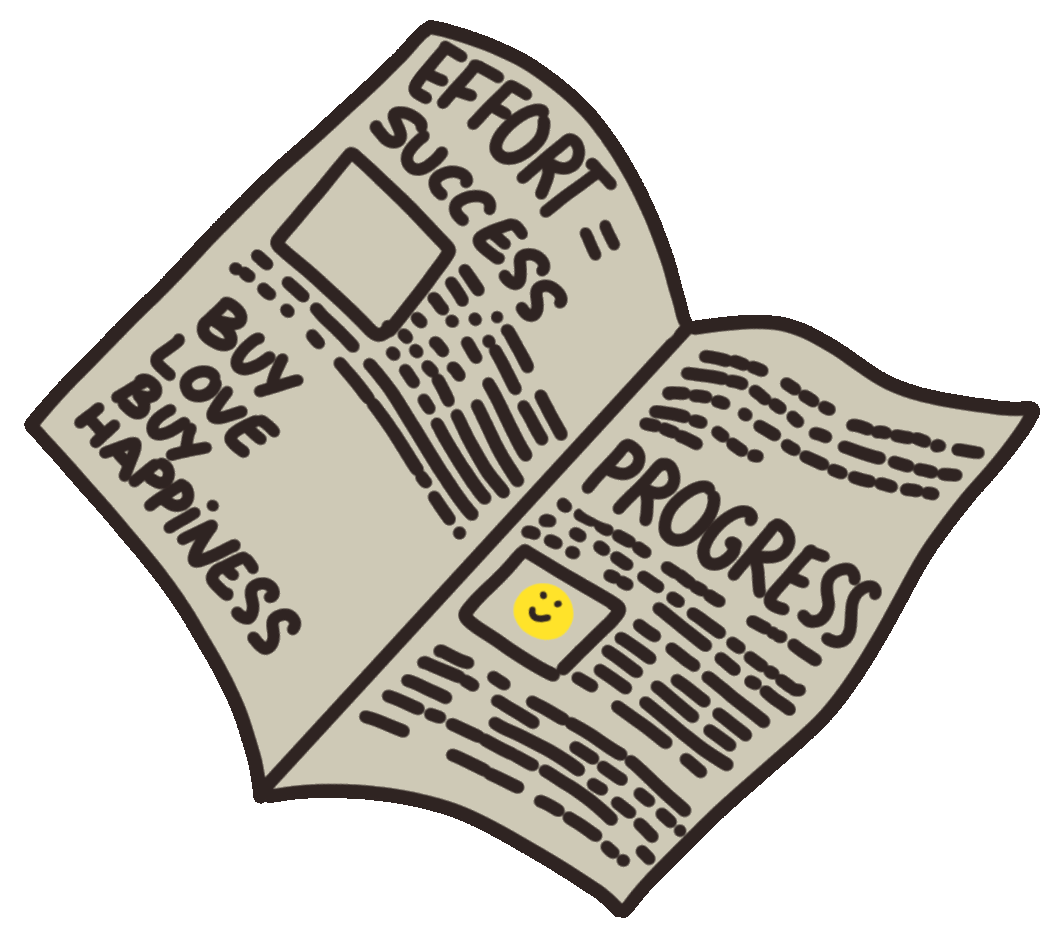
His father worked as a construction worker and his mother worked as a domestic worker in several houses; they both worked shifts of 10 to 12 hours a day. Carlos wouldn’t see them much; there used to be many arguments in his home. Carlos thinks: “Our possibilities are very limited, despite all this hard work.”

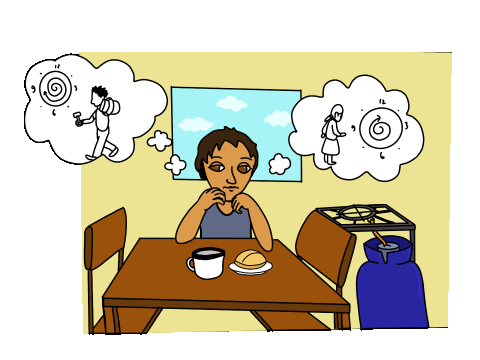
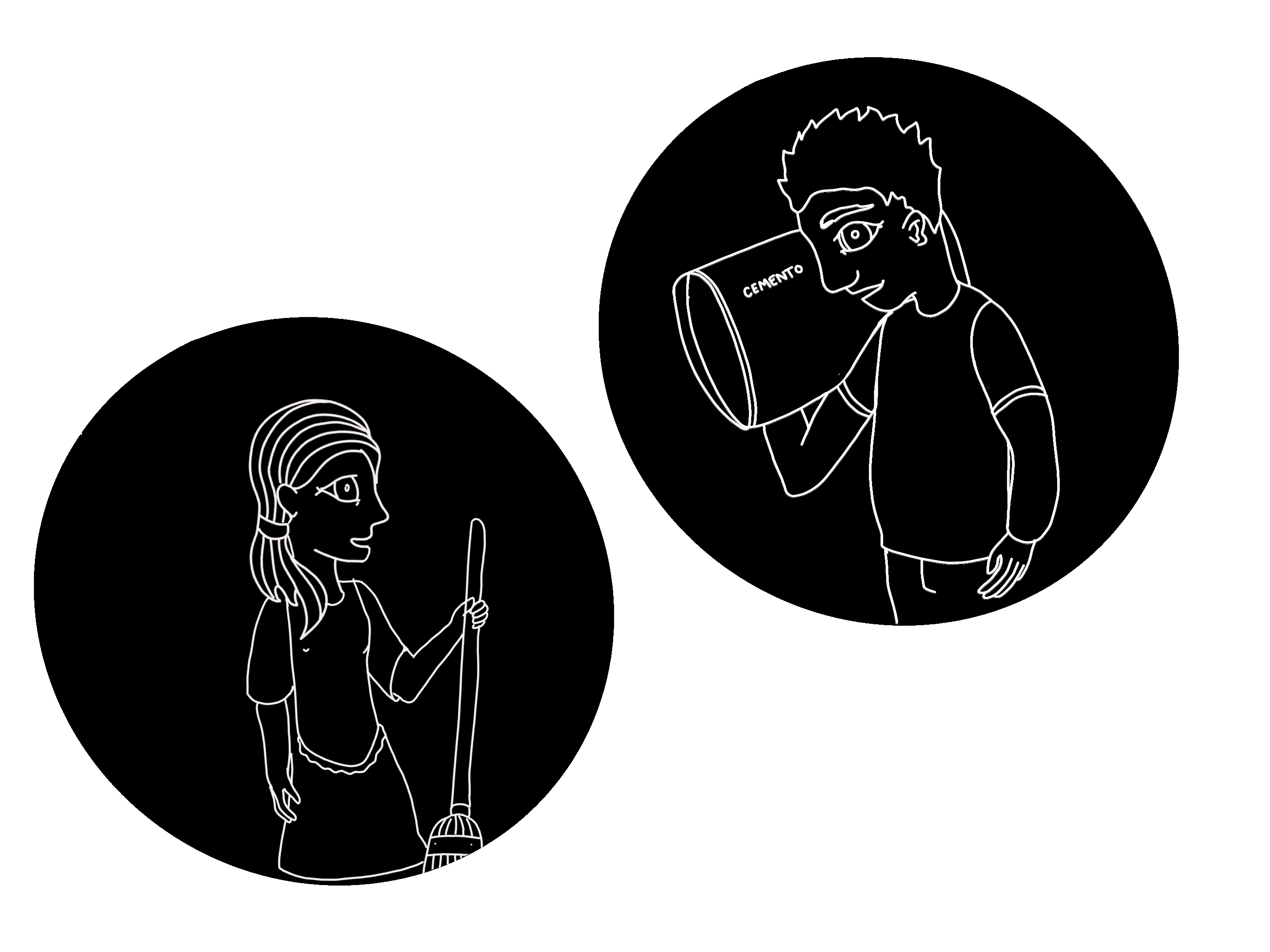
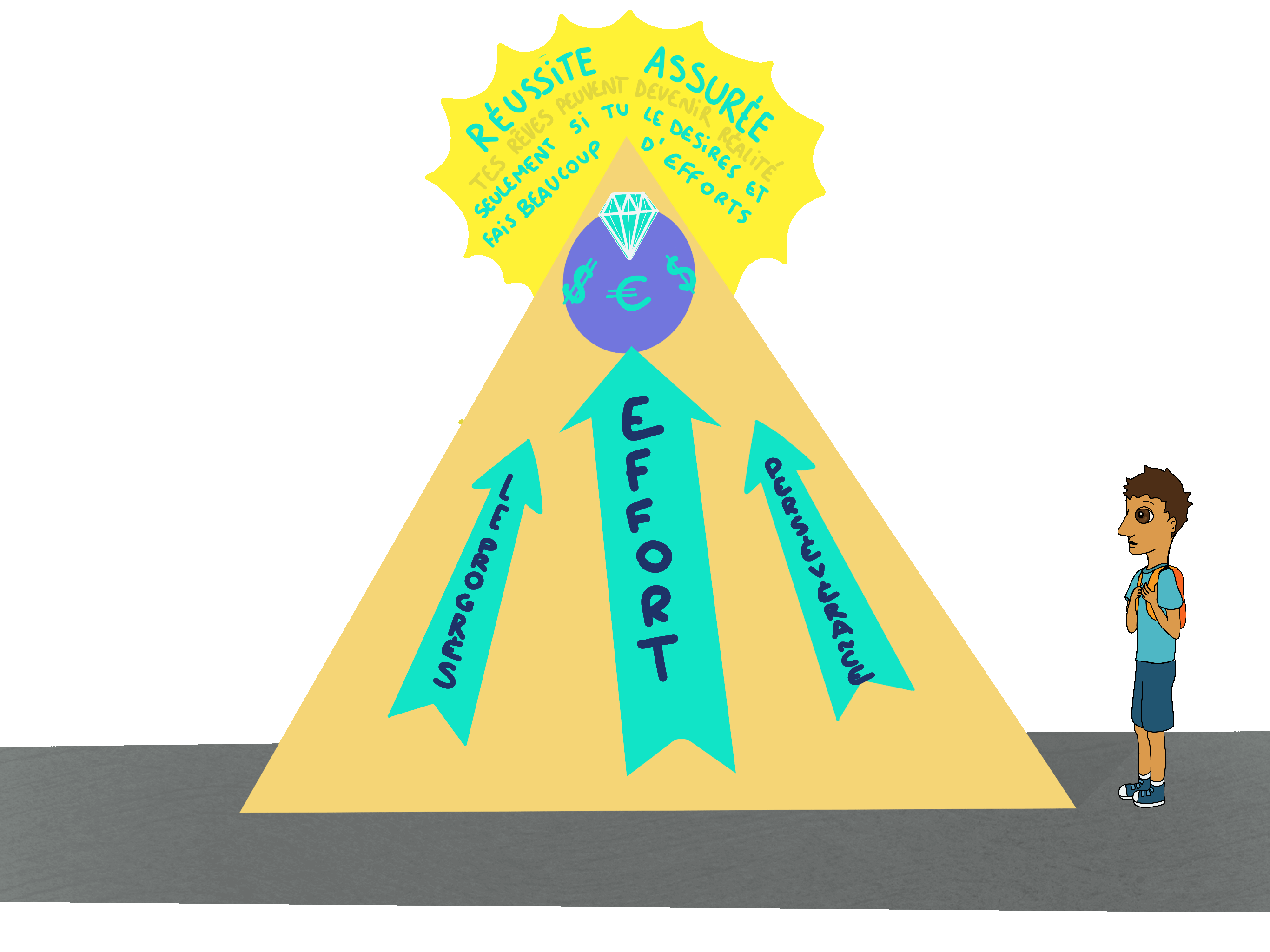
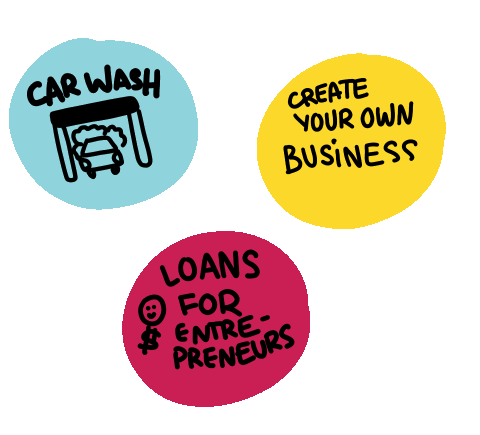
Carlos’ mother leaves the country; she’ll be doing the same work as before, but she will now able to send her family dollars. Video calls is all they’re left with. They miss each other a lot, but they’re sure that “this is the only way, we’ll get ahead, whatever it takes”.
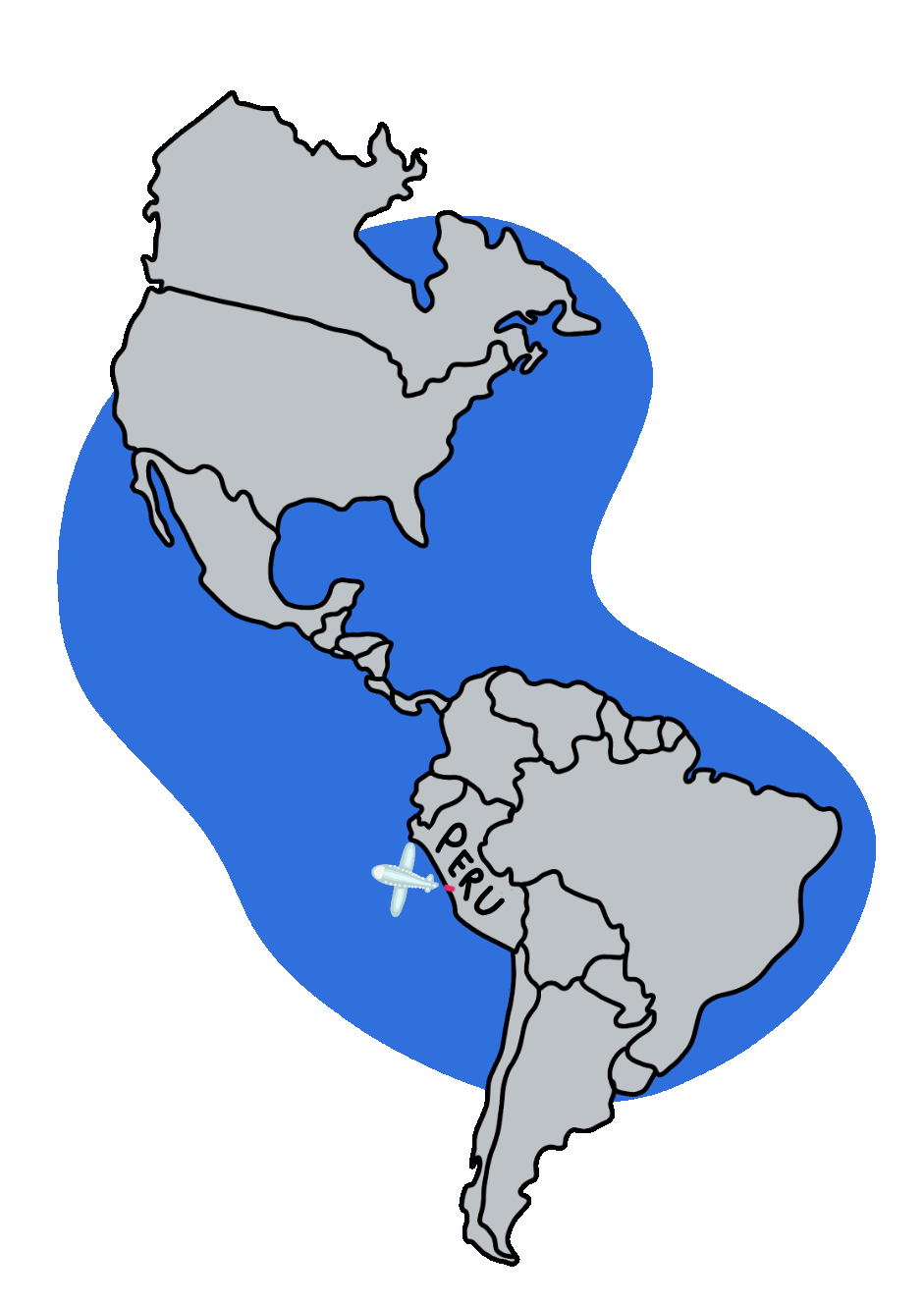
When he starts at the institute, Carlos meets other girls and boys that study to broaden their opportunities. Their situations are all very different, many of them work, have children, live far away… it all makes studying very difficult.
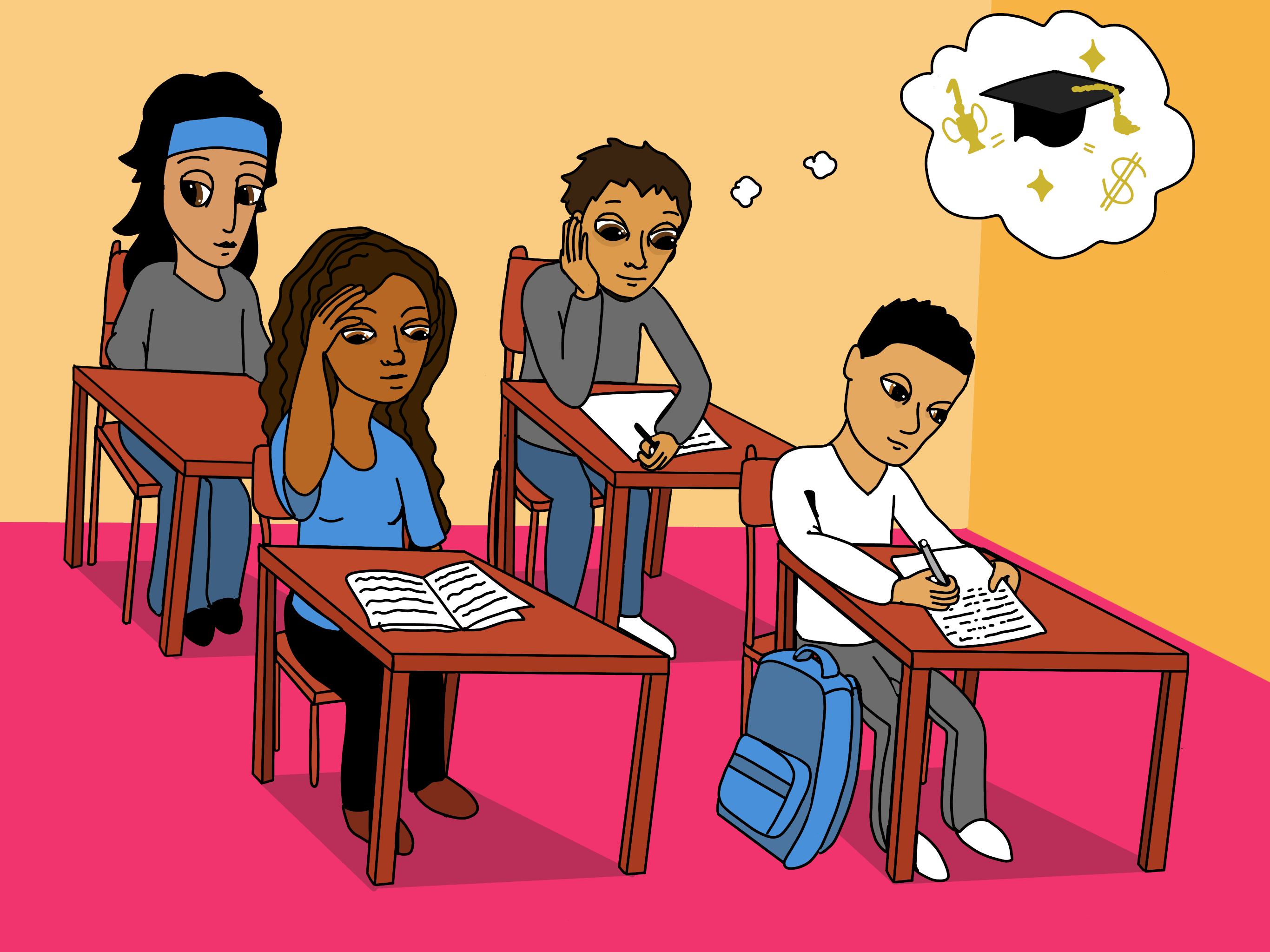
Carlos is confused and disillusioned. “We’re working so hard at the institute. But where are all those ‘success stories’ that I see on social media, in the news, on TV…?”
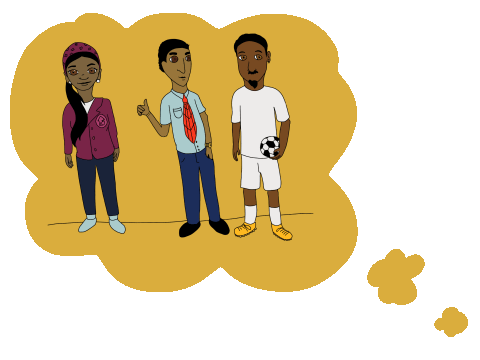
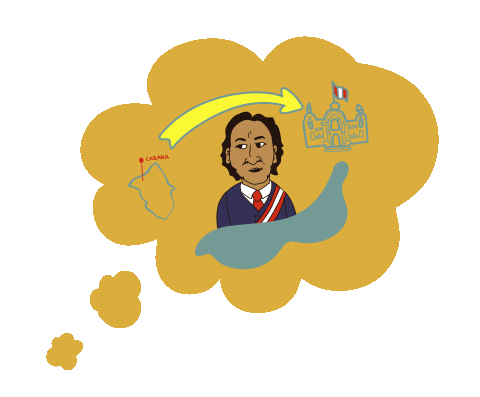
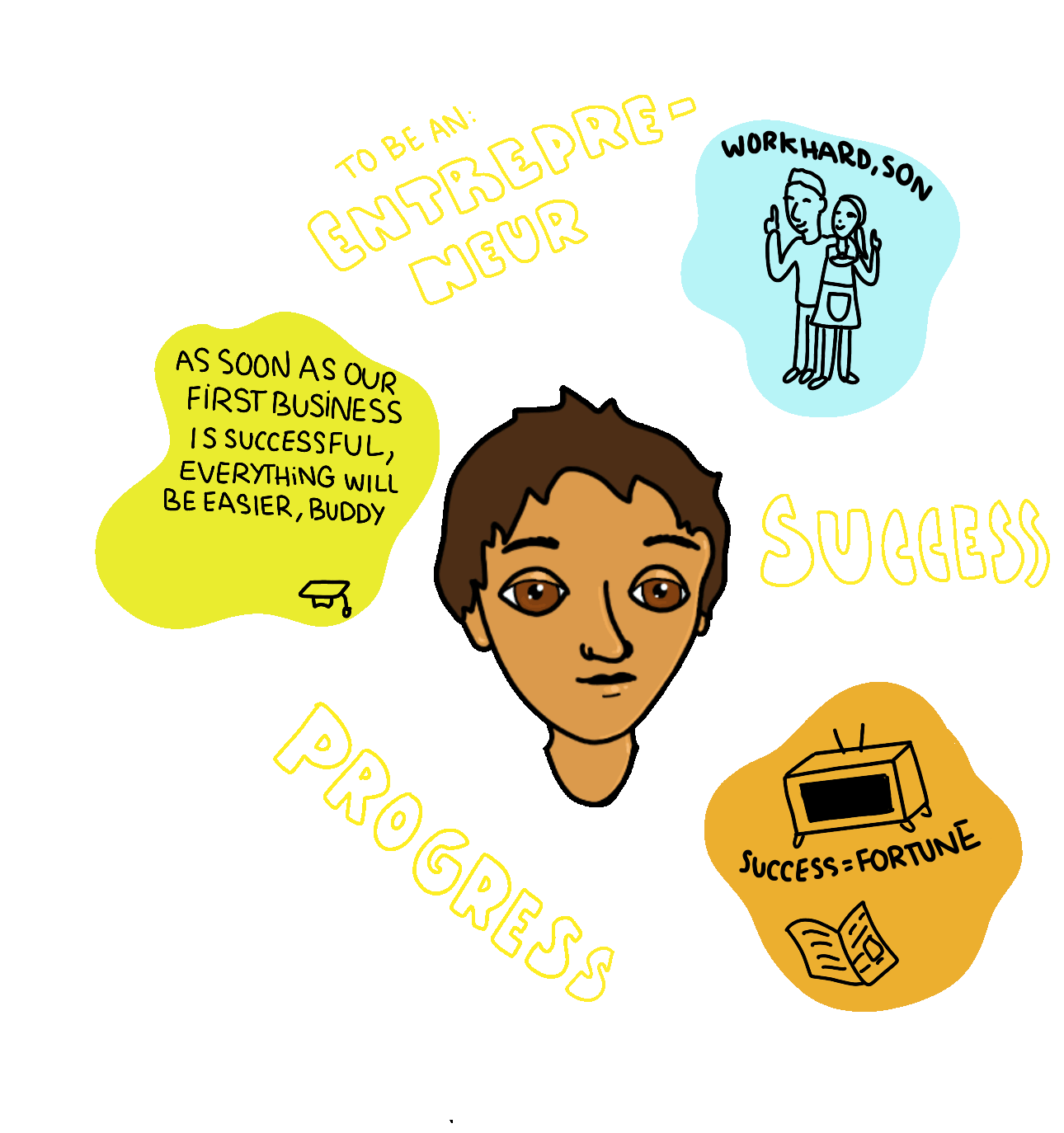
Carlos is about to finish his technical education; he has managed to maintain good grades and he is eager to go out to find work, to get social security benefits, to finally be an employee with a salary to be able to help his family. But a new law, Juvenile Labor Code, Law Nº 30288, which cuts down on “labor costs” in order to promote formal hiring of young people, is really nothing but the elimination of several labor rights for young people from 18 to 25 years old. The media dubbed it the “Rugrat Law”, mocking their juvenile condition and praising its “benefits”; even his father agrees with it…
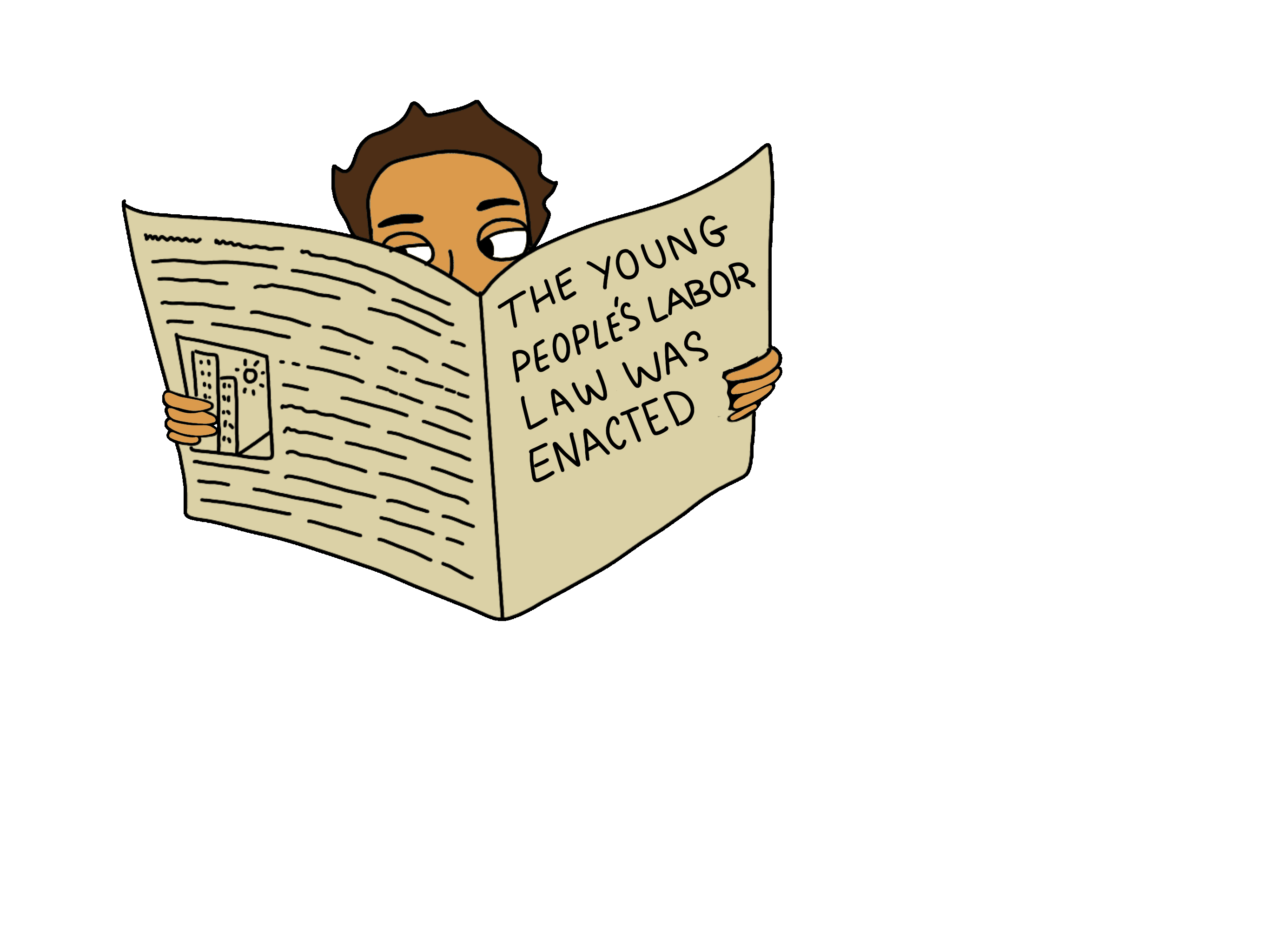
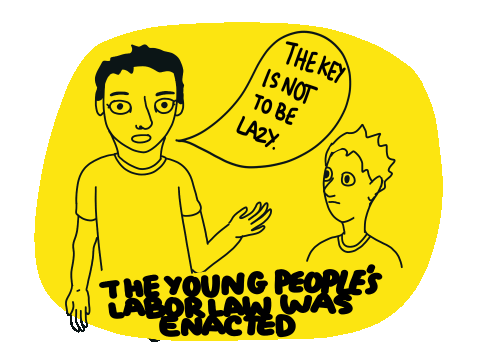
We’ve worked so hard to get jobs that don't acknowledge our rights? It's not fair!

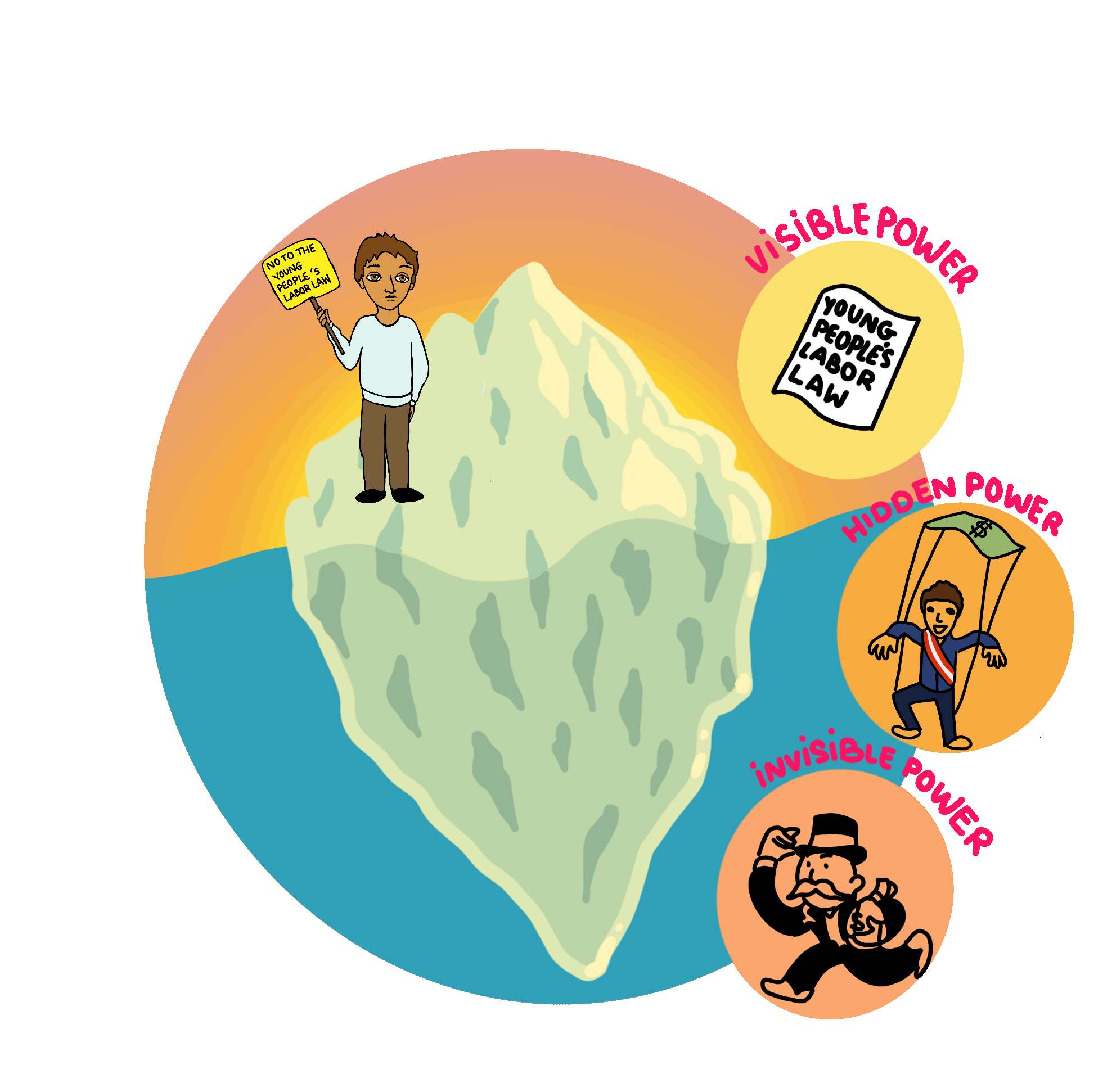
Carlos and his classmates from the institute participate in mass protests to try and put a stop to the law. They know that their demands are fair, but the media isn’t on their side and only give biased information about the juvenile movement.

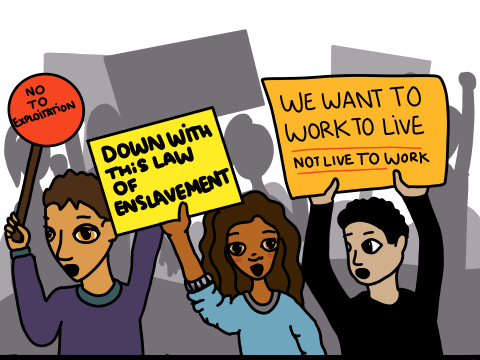
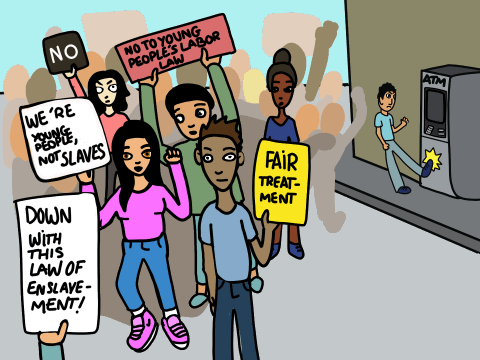
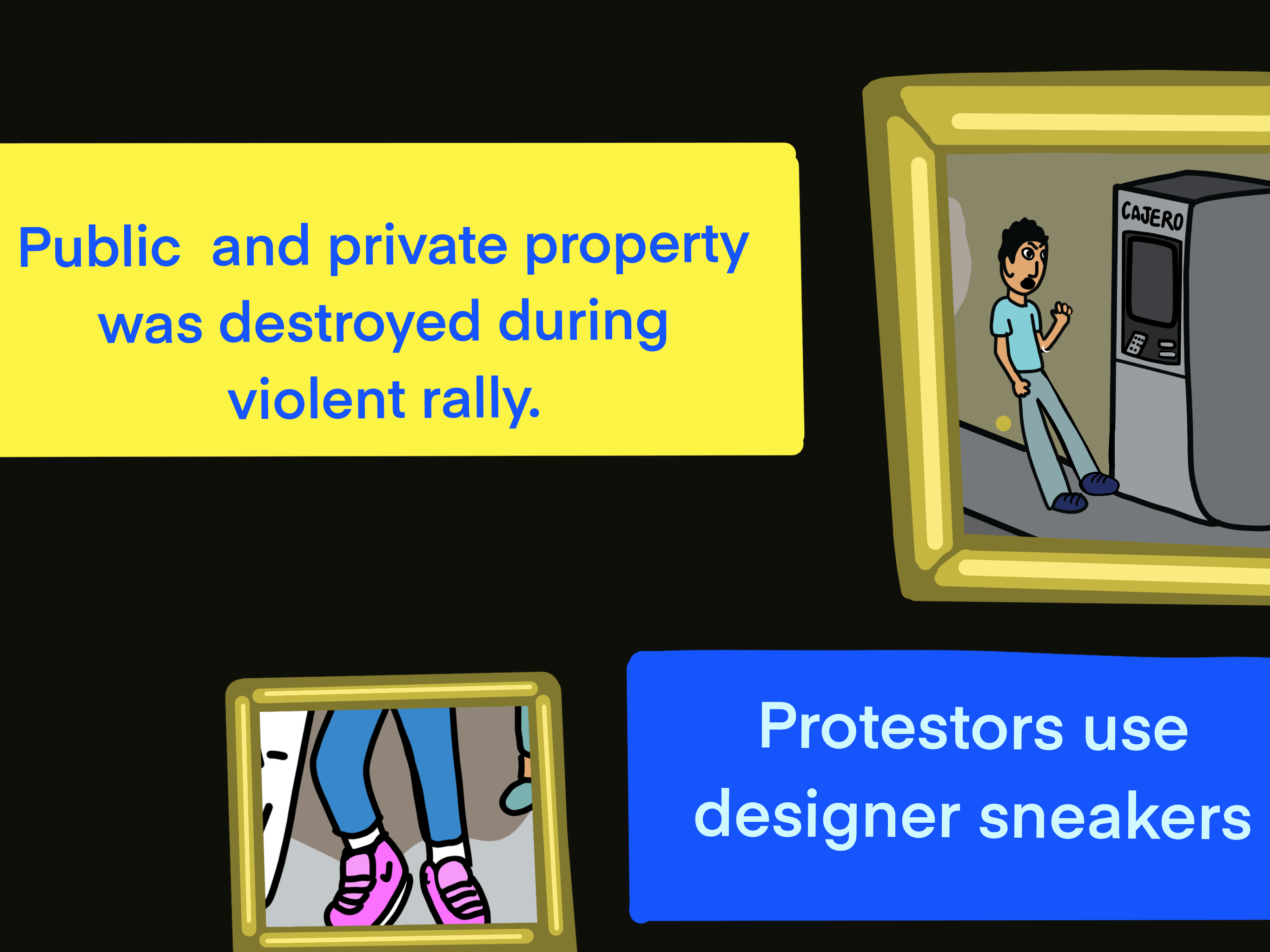
The young people’s movement succeeded! The “Rugrat Law” was repealed and it was demonstrated that eliminating labor rights isn’t the way to promote employment. “We’re young workers and we deserve dignified labor.”
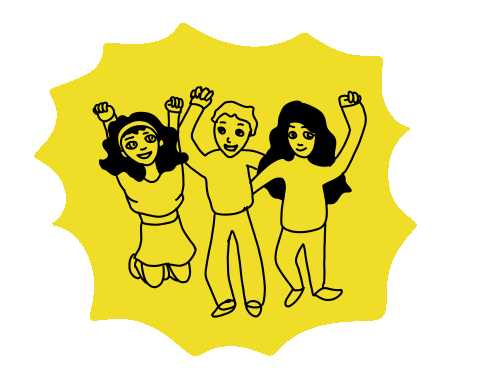
After a long struggle, Carlos engages in a conversation with his father; they now understand each other. “Working hard is important, but so are our rights for a dignified life without exploitation. Nobody chooses to be poor, dad.”
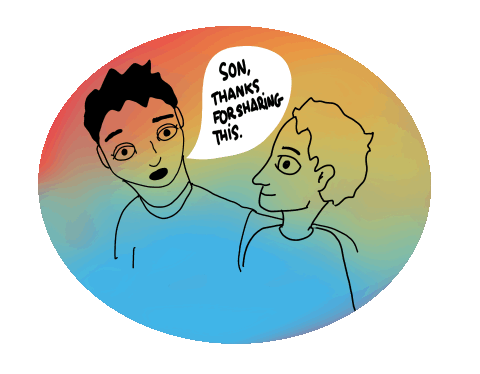
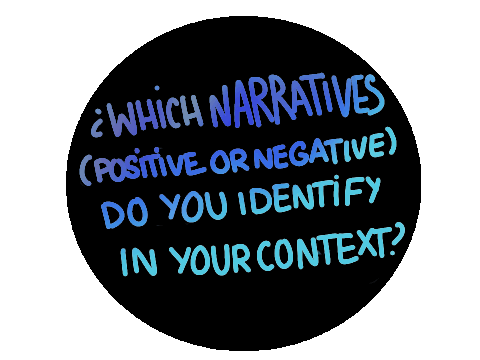
the PDF version here
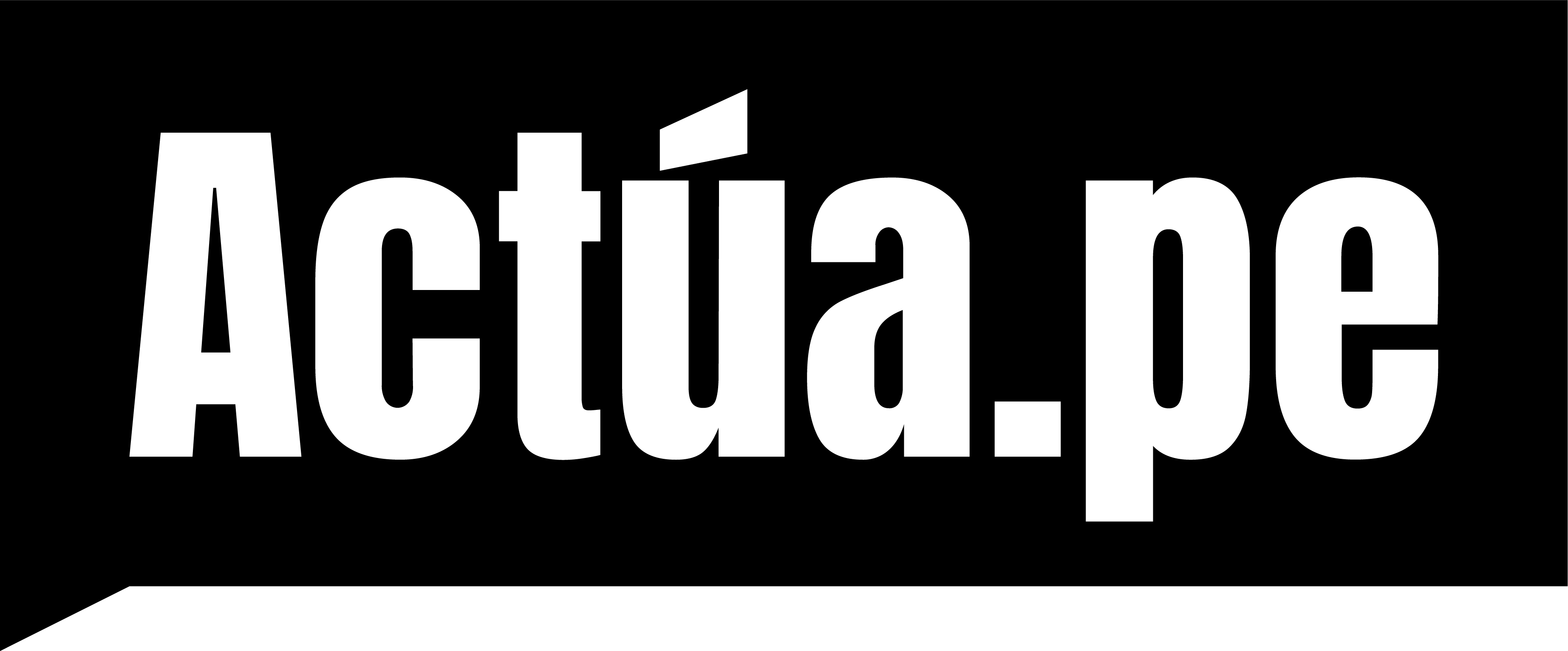


 Español
Español Inglés
Inglés Francés
Francés


